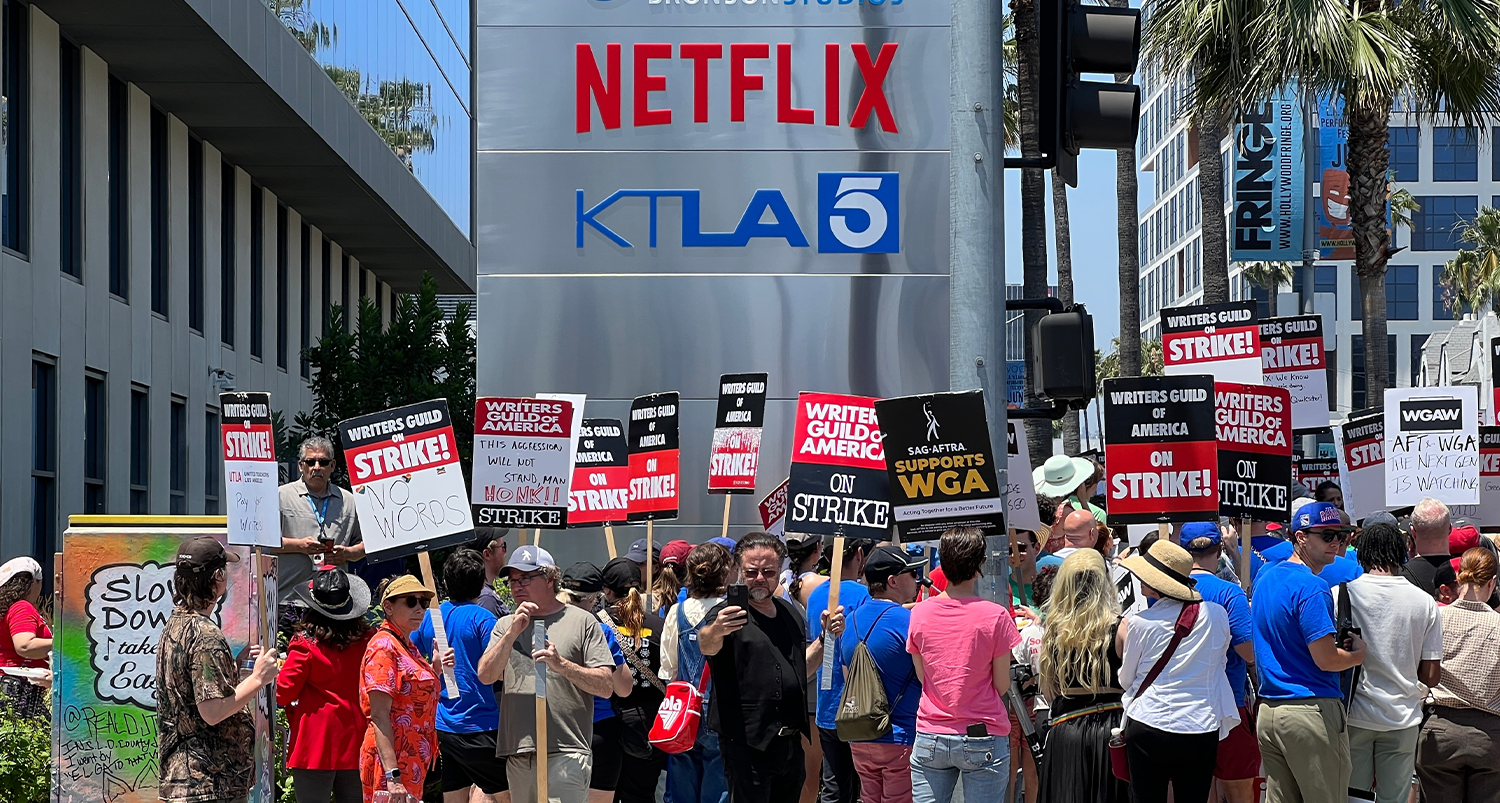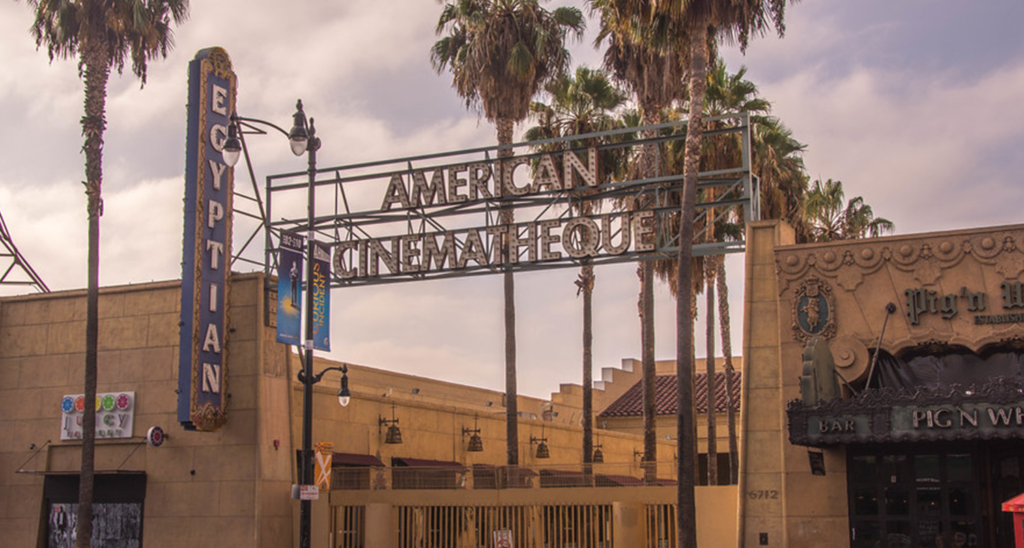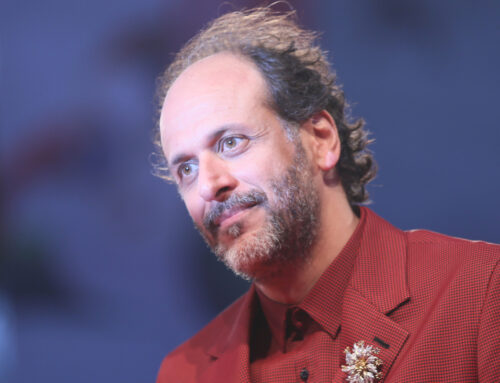The Road to Recovery: Film and TV Industry After the Strike
Following a tumultuous six-month strike that left primetime schedules barren, the entertainment industry is now embarking on the path to recover the lost TV season.
With the SAG-AFTRA strike concluded, the focus has shifted towards resuming production, addressing logistical challenges, and grasping the wider industry ramifications. Michael Schneider of Variety offers an insightful analysis of the post-strike environment, examining key issues and providing deep insights.
Getting Back to Work. A Complex Choreography:
As actors return to work, the industry grapples with the logistics of reconstructing sets, recalling crew members, and navigating the complexities of scheduling. Prioritizing projects for top actors adds to this complexity. Factors such as studio space availability, script readiness, and the strategic decision to block shoot (shooting all scenes at a location for the entire series at once) are crucial in determining the pace of the production restart speed.
Timeline for New Episodes. The Race Against Time:
The end of the strike sets off a roughly three-month race for network TV series to progress from writing to shooting and editing. This timeline serves as a historical benchmark, considering the typical schedule where shows go back with writers in July, enter production in August, and start airing at the end of September. The holiday season poses further challenges, with mandatory breaks potentially impacting production timelines and the return of new episodes.
Shortened Seasons: Adapting to Economic Realities:
In response to evolving economic dynamics, networks are shifting from the traditional 22- to 24-episode seasons to shorter ones, typically 10 to 13 episodes, influenced by production costs and scheduling needs.
Impact on Awards Season: A New Era of Competition:
The conclusion of the strike marks a transformative moment for the awards season, particularly the Oscar campaign, as actors can now promote their work more actively.
The Primetime Emmys, originally set for September, are rescheduled for January 15, signaling a renewed focus on recognizing excellence in television. Other awards shows will likely proceed as planned, although adjustments may occur.
AI in Entertainment: Negotiating the Future:
Artificial intelligence took center stage in the SAG-AFTRA and AMPTP negotiations, with actors securing rights regarding the use of synthetic characters and limitations on AI applications. The agreement reflects a proactive stance in addressing the evolving landscape of AI integration in the entertainment industry.
Streaming Residuals Post-Strike: Balancing Compensation in the Digital Age:
While SAG-AFTRA did not secure a direct share of revenue from streaming platforms, it successfully negotiated a streaming bonus inspired by the Writers Guild of America’s terms. Based on a show’s success, this bonus aims to compensate actors on successful streaming shows and is projected to be worth around $40 million.
As the entertainment industry emerges from the strike’s shadow, the road ahead is filled with challenges and opportunities. The key focus is on rebuilding, resuming production, and adapting to the altered landscape. Yet, the resolution of the SAG-AFTRA strike brings a sense of normalcy, reigniting audience excitement for their favorite shows and a rejuvenated awards season, all shaped by the experiences of the past six months.
Source: Variety
Share:
Following a tumultuous six-month strike that left primetime schedules barren, the entertainment industry is now embarking on the path to recover the lost TV season.
With the SAG-AFTRA strike concluded, the focus has shifted towards resuming production, addressing logistical challenges, and grasping the wider industry ramifications. Michael Schneider of Variety offers an insightful analysis of the post-strike environment, examining key issues and providing deep insights.
Getting Back to Work. A Complex Choreography:
As actors return to work, the industry grapples with the logistics of reconstructing sets, recalling crew members, and navigating the complexities of scheduling. Prioritizing projects for top actors adds to this complexity. Factors such as studio space availability, script readiness, and the strategic decision to block shoot (shooting all scenes at a location for the entire series at once) are crucial in determining the pace of the production restart speed.
Timeline for New Episodes. The Race Against Time:
The end of the strike sets off a roughly three-month race for network TV series to progress from writing to shooting and editing. This timeline serves as a historical benchmark, considering the typical schedule where shows go back with writers in July, enter production in August, and start airing at the end of September. The holiday season poses further challenges, with mandatory breaks potentially impacting production timelines and the return of new episodes.
Shortened Seasons: Adapting to Economic Realities:
In response to evolving economic dynamics, networks are shifting from the traditional 22- to 24-episode seasons to shorter ones, typically 10 to 13 episodes, influenced by production costs and scheduling needs.
Impact on Awards Season: A New Era of Competition:
The conclusion of the strike marks a transformative moment for the awards season, particularly the Oscar campaign, as actors can now promote their work more actively.
The Primetime Emmys, originally set for September, are rescheduled for January 15, signaling a renewed focus on recognizing excellence in television. Other awards shows will likely proceed as planned, although adjustments may occur.
AI in Entertainment: Negotiating the Future:
Artificial intelligence took center stage in the SAG-AFTRA and AMPTP negotiations, with actors securing rights regarding the use of synthetic characters and limitations on AI applications. The agreement reflects a proactive stance in addressing the evolving landscape of AI integration in the entertainment industry.
Streaming Residuals Post-Strike: Balancing Compensation in the Digital Age:
While SAG-AFTRA did not secure a direct share of revenue from streaming platforms, it successfully negotiated a streaming bonus inspired by the Writers Guild of America’s terms. Based on a show’s success, this bonus aims to compensate actors on successful streaming shows and is projected to be worth around $40 million.
As the entertainment industry emerges from the strike’s shadow, the road ahead is filled with challenges and opportunities. The key focus is on rebuilding, resuming production, and adapting to the altered landscape. Yet, the resolution of the SAG-AFTRA strike brings a sense of normalcy, reigniting audience excitement for their favorite shows and a rejuvenated awards season, all shaped by the experiences of the past six months.
Source: Variety









